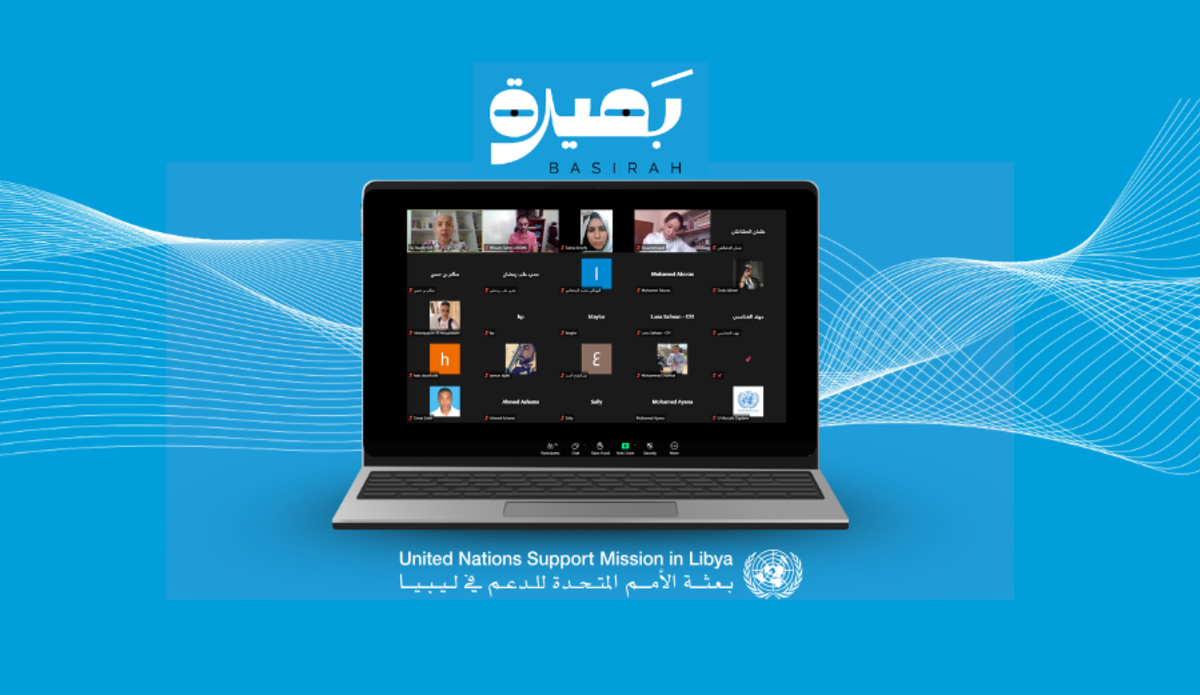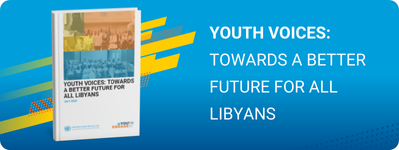During Basirah training, journalists speak about online and real-life violence they encounter
TRIPOLI – Libyan journalists, participating in the second Basirah workshop with the Committee to Protect Journalists (CPJ), detailed the online and real-life violence they face, with some recounting serious attacks.
The workshop, attended by 25 journalists, focused on online abuse, understanding digital risk, and best practice in responding to or managing online harassment.
“It is a global problem,” said CPJ’s Ela Stapley who led the training. “I've yet to come across a country where online abuse does not happen,” she said adding that the most common forms were harassing messages and/or doxing, and it is worse for women.
Discussing why harassment happens, the CPJ highlighted that it is often because the harasser wants to change the narrative of a story or to prevent a journalist from pursuing information. Because journalists were public facing, they were more vulnerable to threats.
“Many journalists have not taken steps to protect themselves digitally,” said Stapley, while sharing risk assessment forms that the CPJ has developed to help journalists globally consider some of the risks before they undertake assignments.
Stapley added that harassment affects freedom of speech. If journalists are prevented from reporting on what they want, there is often a greater proliferation of mis/dis information and this leads to confusion and distrust among the general public.
Stressing that female journalists face more harassment than their male counterparts, the CPJ highlighted a recent three-year global study conducted by the International Centre for Journalists with the support of UNESCO. It found that:
-
Nearly three in four women respondents (73%) said they had experienced online violence.
-
Threats of physical (25%) and sexual violence (18%) plagued the women journalists surveyed.
-
One in five women respondents (20%) said they had been attacked or abused offline in incidents seeded online.
-
The mental health impacts of online violence were the most frequently identified consequence (26%). Twelve percent of respondents said they had sought medical or psychological help due to the effects of online violence, and 11% said they had taken days off work as a result.
-
Almost half (48%) of the women reported being harassed with unwanted private messages.
Participants also highlighted their concerns about the rise of artificial intelligence and how it can be used to harass journalists through its ability to scrap the internet and find historical and inaccurate data.
“AI can make harassment quicker as it is easier for harassers to find information,” added Stapley. “You have to remove it from the original source and even then it might not be enough.” She recommended that the best protection was to be far more aware of what was being published and limit that so that it did not go online in the first place.
Further sessions on this issue, and others, will be held under the Basirah programme in July. Journalists and other media professionals are invited to register for the Basirah programme, including the upcoming Basirah workshop on how journalists can protect themselves from online harassment, here: (link)
 United Nations Peacekeeping
United Nations Peacekeeping UN
UN









